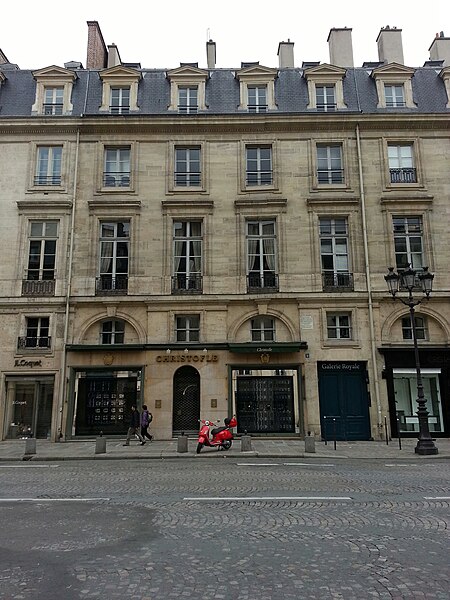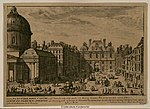Musée Bouilhet-Christofle

The Musée Bouilhet-Christofle was a private museum located in the 8th arrondissement at 9, rue Royale, Paris, France. The museum's main collection was located in a Parisian suburb at 112, rue Ambroise Croizat, Saint-Denis, France. The museum closed in 2008.The Maison Christofle was founded in 1845 by Charles Christofle (1805-1863), and became silversmith to Napoleon III and one of the major silversmiths in nineteenth-century France. The museum contained more than 2000 items of silver plate and cutlery reflecting the company's history from its founding to the present day. It contained examples of naturalism, Orientalism, Japonism, Art Nouveau, items produced for the universal expositions, Art Deco, etc., and documents a wide range of techniques including electroplating, enameling, and so forth. It also contained displays on the history of silver production, table settings, and table manners.
Excerpt from the Wikipedia article Musée Bouilhet-Christofle (License: CC BY-SA 3.0, Authors, Images).Musée Bouilhet-Christofle
Rue Royale, Paris 8th Arrondissement of Paris (Paris)
Geographical coordinates (GPS) Address Nearby Places Show on map
Geographical coordinates (GPS)
| Latitude | Longitude |
|---|---|
| N 48.867777777778 ° | E 2.3225 ° |
Address
Galerie Royale
Rue Royale 9
75008 Paris, 8th Arrondissement of Paris (Paris)
Ile-de-France, France
Open on Google Maps







